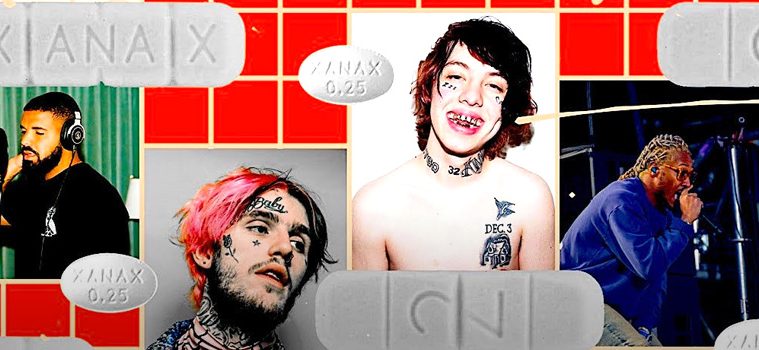It’s a Killer –
Dec. 17, 2019 – Deep fakes, influencers, viral fashion – we live in a world unrecognizable from the one we stood in ten years ago. As a chaotic decade comes to a close, we’re speaking to the people who helped shape the last ten years and analysing the cultural shifts that have defined them. Explore the decade on our interactive timeline here, or head here to check out all our features. Every decade has a drug that infiltrates music. In the 1960s and 1970s, LSD and heroin helped musicians break on through to the other side, while cocaine gave 1980s pop music its turbo charge. Fast-forward to the 2010s, and it’s opioids that now have a grip over some of music’s biggest stars.
Their impact is particularly evident in the world of rap. Opioid-based drugs like lean (a potentially dangerous concoction created by combining codeine cough syrup with Sprite and hard candy) and Percocet, as well as benzodiazepines like Xanax, are more likely to be referenced on a hit song than weed or alcohol (Future’s gargantuan 2016 hit “Mask Off” was literally built around a chorus where the word Percocet is repeated over and over). And this is mirrored by the sound of the music itself, which has inherited slow, spaced-out drums and subdued bass, as rappers channel the numbing effects of the Xan bars they’ve just ingested via sleepy vocals and mumbled, melancholic lyrics.
It isn’t uncommon to see rappers dribbling and falling asleep during interviews, or enthusiastically posting pictures with prescription pills on the tip of their tongue on Instagram (as Lil Peep did just hours before fatally overdosing on his tour bus). Meanwhile, Drake, still arguably the biggest rapper on the planet, nonchalantly referenced taking Xans to help him get to sleep on one of the biggest rap songs of the decade.



